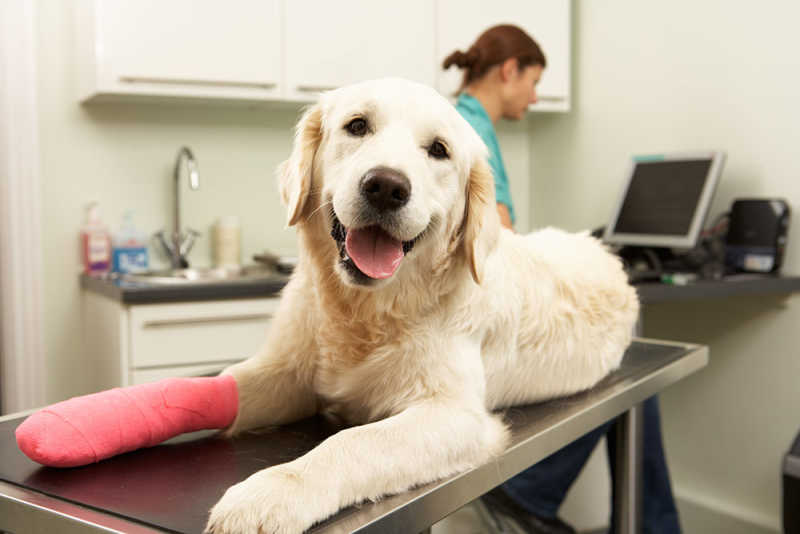
When purchasing pet insurance, there are some things that you need to keep in mind. First, you need to be aware of the cost of veterinary care. Vet bills are higher in big cities because veterinarians earn more and advanced care is more likely to be available. This factor can increase the cost of your pet insurance policy. There are also enrollment fees and monthly processing fees to consider.
Age
Most pet insurance policies will cover your pet until eight weeks old. It becomes more difficult and expensive to obtain a new policy after eight weeks. Senior pets require more medical attention. But that does not mean that they can't be insured. Insurance policies for senior pets typically cover 90% of the costs of medical care.
The cost of pet insurance can rise with the age of your pet, but there are options to lower it. For pets younger than ten, you may be able to choose a lower reimbursement percentage or a higher monthly deductible to lower your monthly costs. However, if your pet is older, you will need to adjust the terms of the policy to lower the monthly cost.

Breed
There are a few things that influence the price for pet health insurance. Insurance for certain breeds is more expensive than other breeds. Genetic makeup also makes certain breeds more susceptible to diseases and illnesses. The monthly premium for keeping a purebred dog or cat will also increase. There are companies who group certain breeds within risk pools.
The cost of pet coverage depends on the breed and geographic location. Basic policies cover accidents and illnesses, and more comprehensive plans cover lab fees and diagnostic tests. You can also sign up for pet wellness care plans which will reimburse you for routine preventative healthcare. In terms of coverage, cost, and price, pet health insurance is almost identical to human health insurance.
Localization
In some cases, the location of the pet owner can make a big difference in the price of pet insurance premiums. One example is that a pet owner living in New York City will spend more than those in rural North Dakota. This is due to differences in the cost for veterinary care in different states. Some carriers adjust their premiums based on the state in which the owner lives.
It is more costly to get veterinary care in metropolitan areas. Because vets' salaries are higher in big cities, their fees tend to be higher. Moreover, many insurance companies charge higher premiums in these areas to compensate for higher expenses. Pet insurance companies may also charge transaction fees or maintenance fees. These fees can affect pet owners' decision to purchase policies. Some pet insurance companies will waive these fees if the policy holder pays in advance.

Reimbursement percentage
You won't be required to pay out as much if your pet becomes sick. A higher reimbursement rate means that you won’t have to pay so much. This means lower monthly payments and a lower premium. A lower reimbursement percentage may mean a lower monthly premium. However you may need to pay out of your own pocket for more medical treatment.
Most pet insurance companies offer different reimbursement percentages, ranging from seventy percent to ninety percent. Higher percentages mean more expensive monthly premiums, but will pay off in cash when you need to make a claim. Make sure you have a deductible when choosing the right plan for your pet. This is the same as the one you would pay for regular insurance.